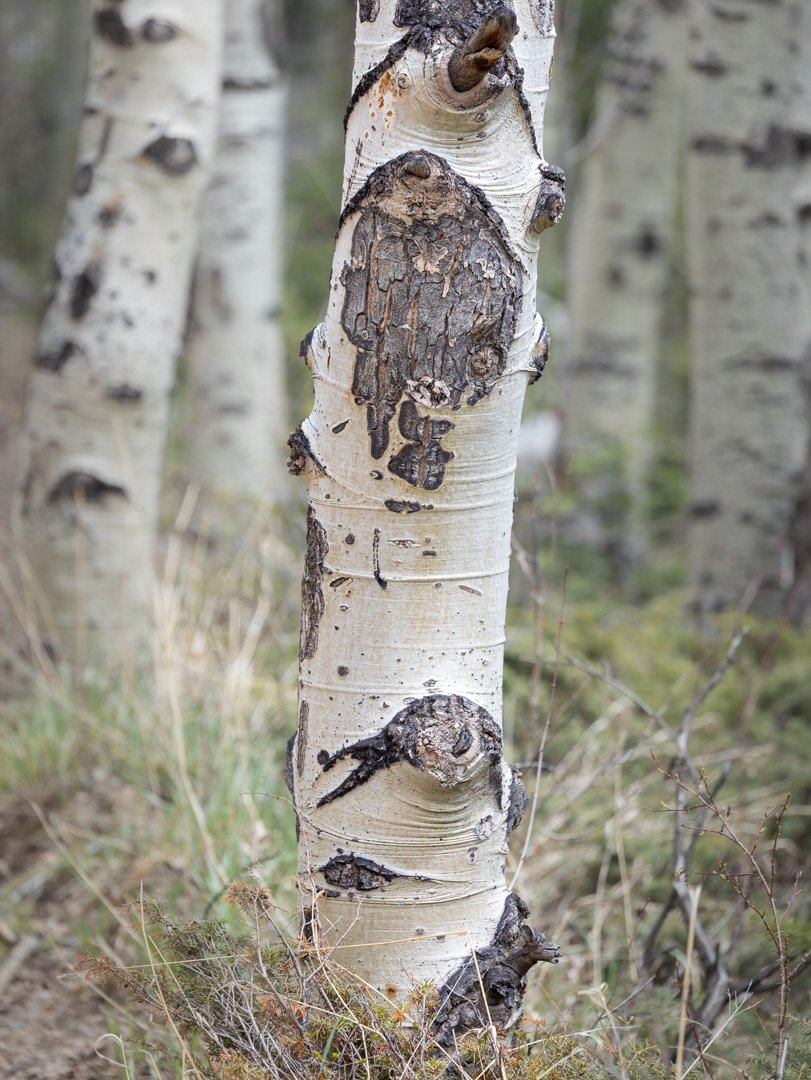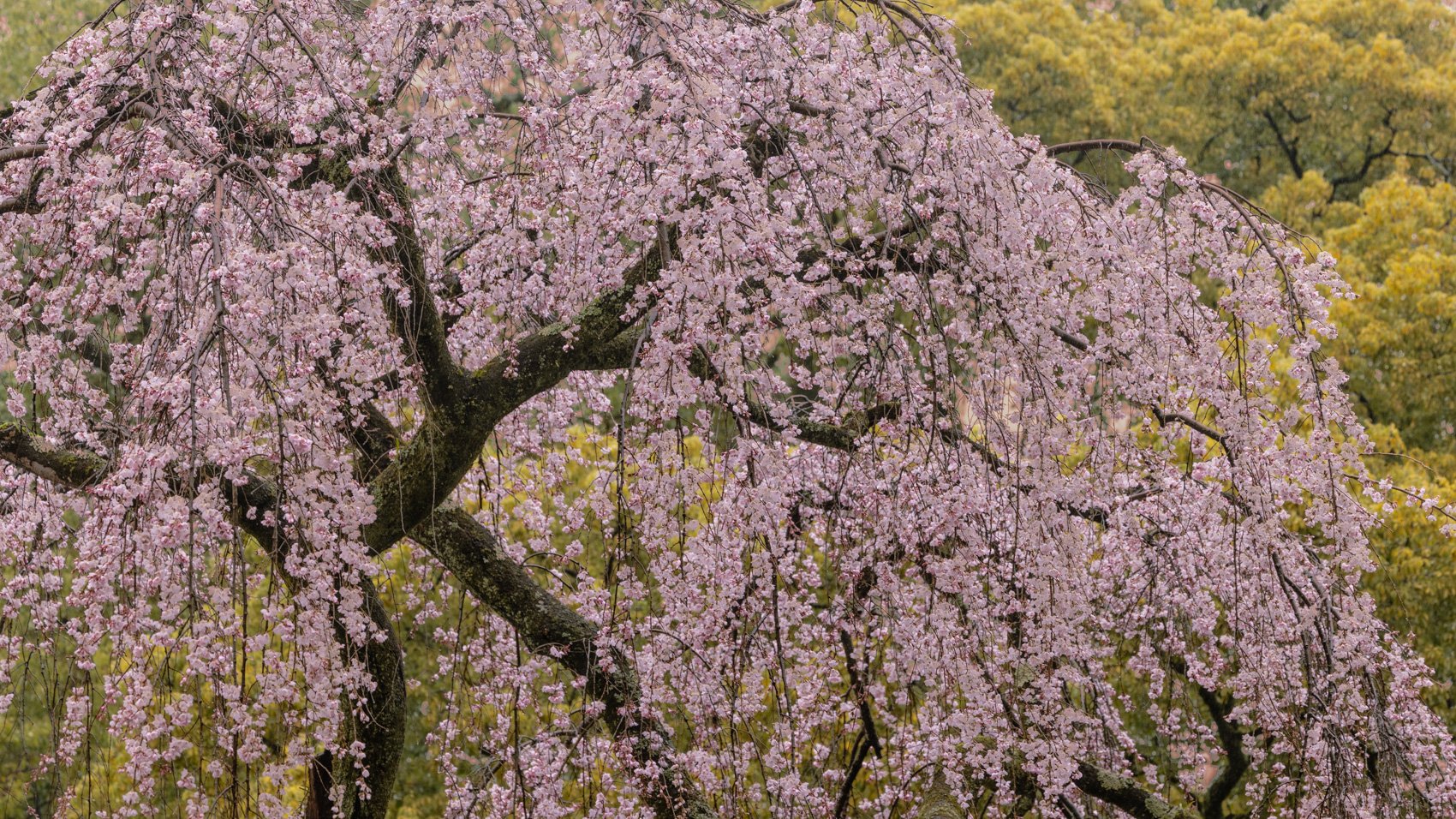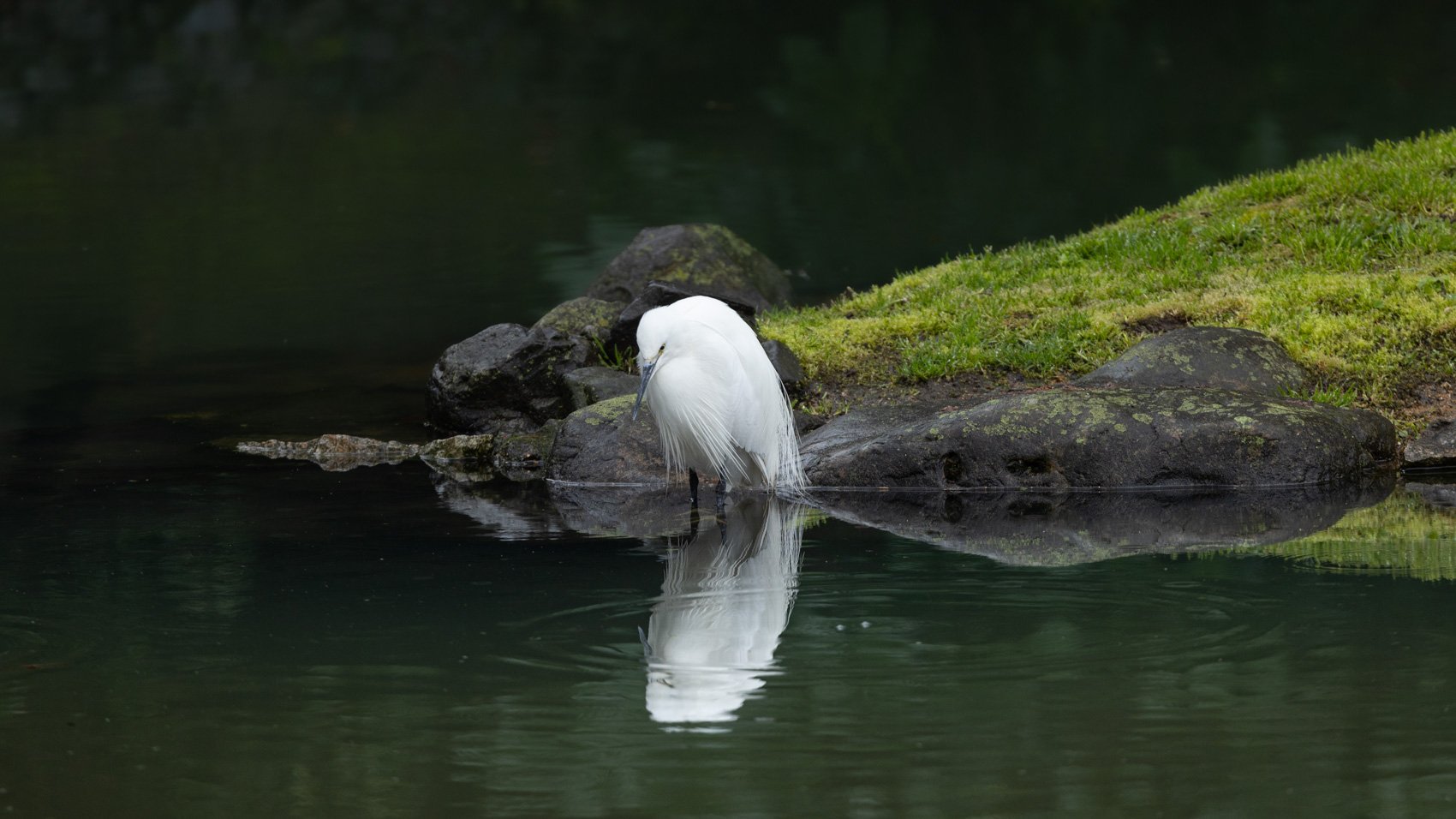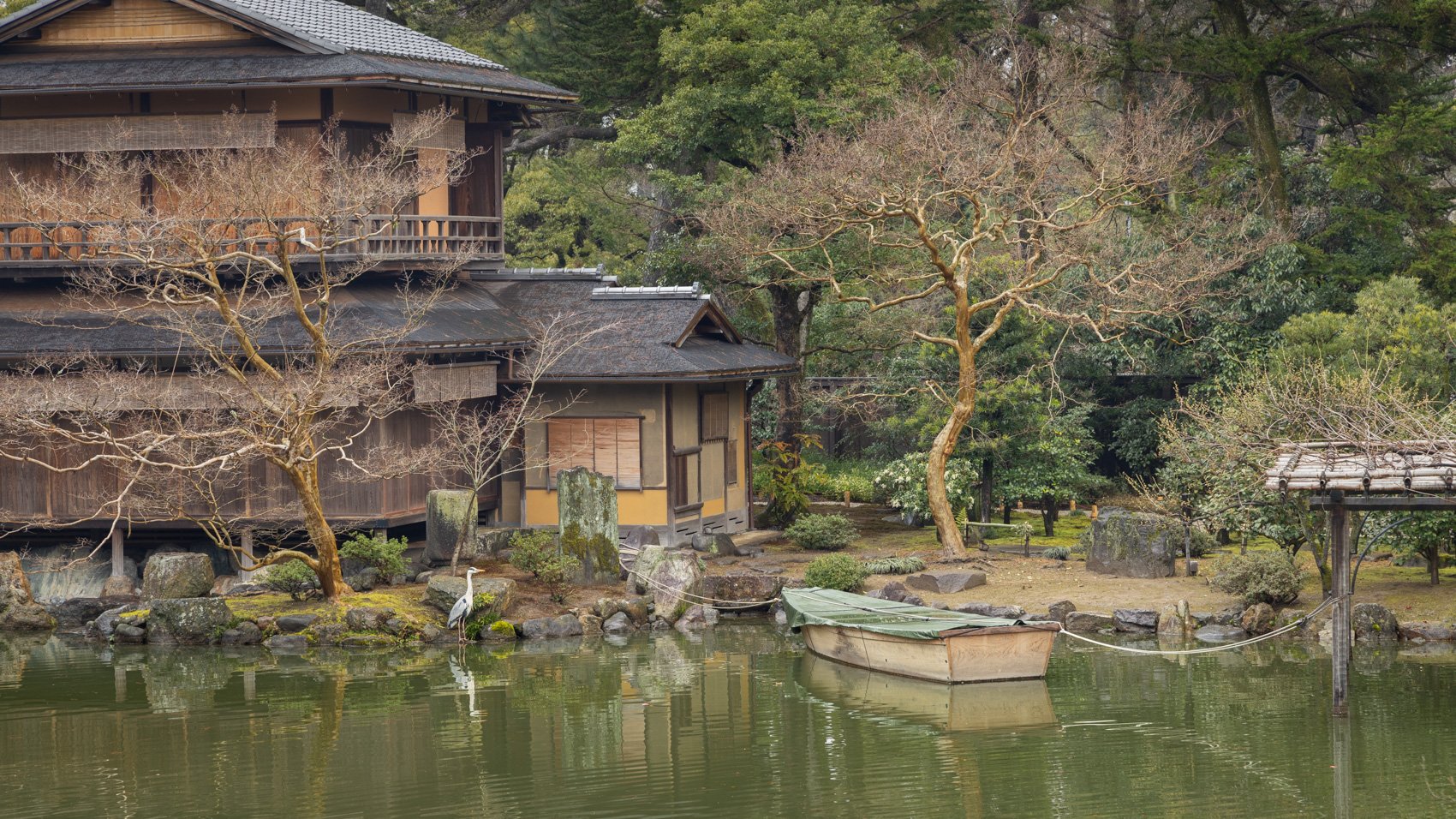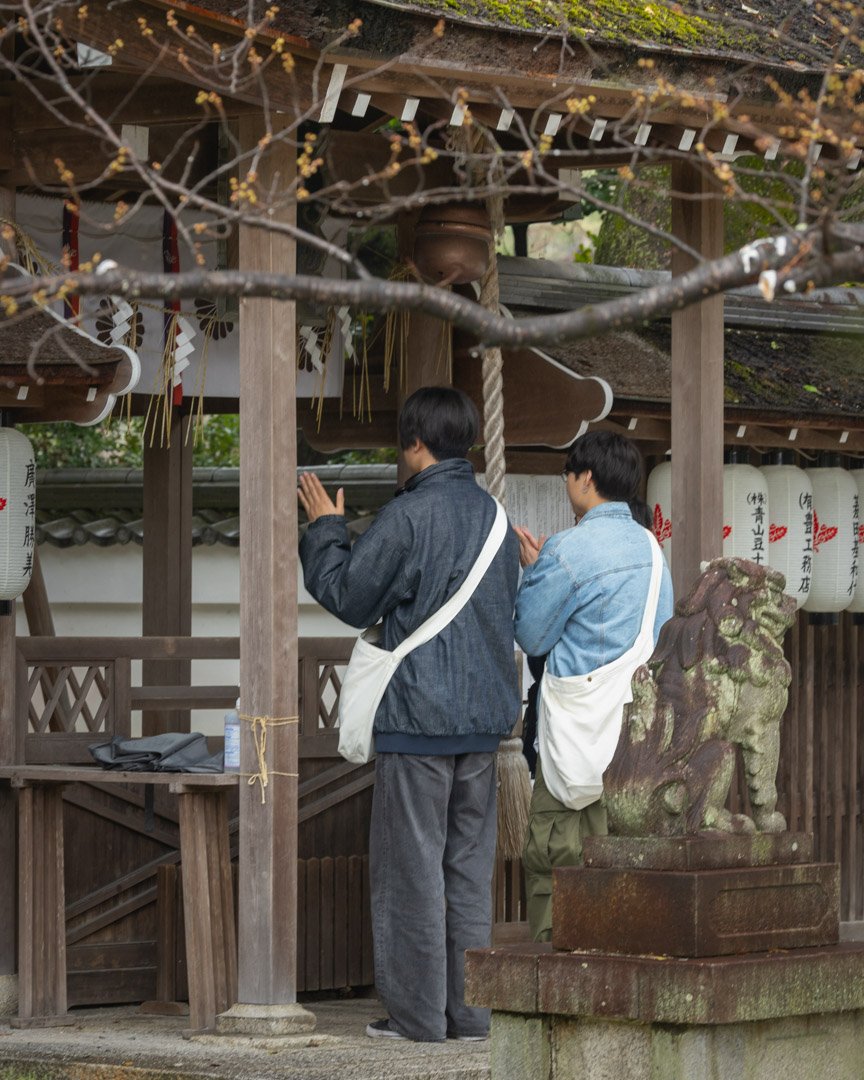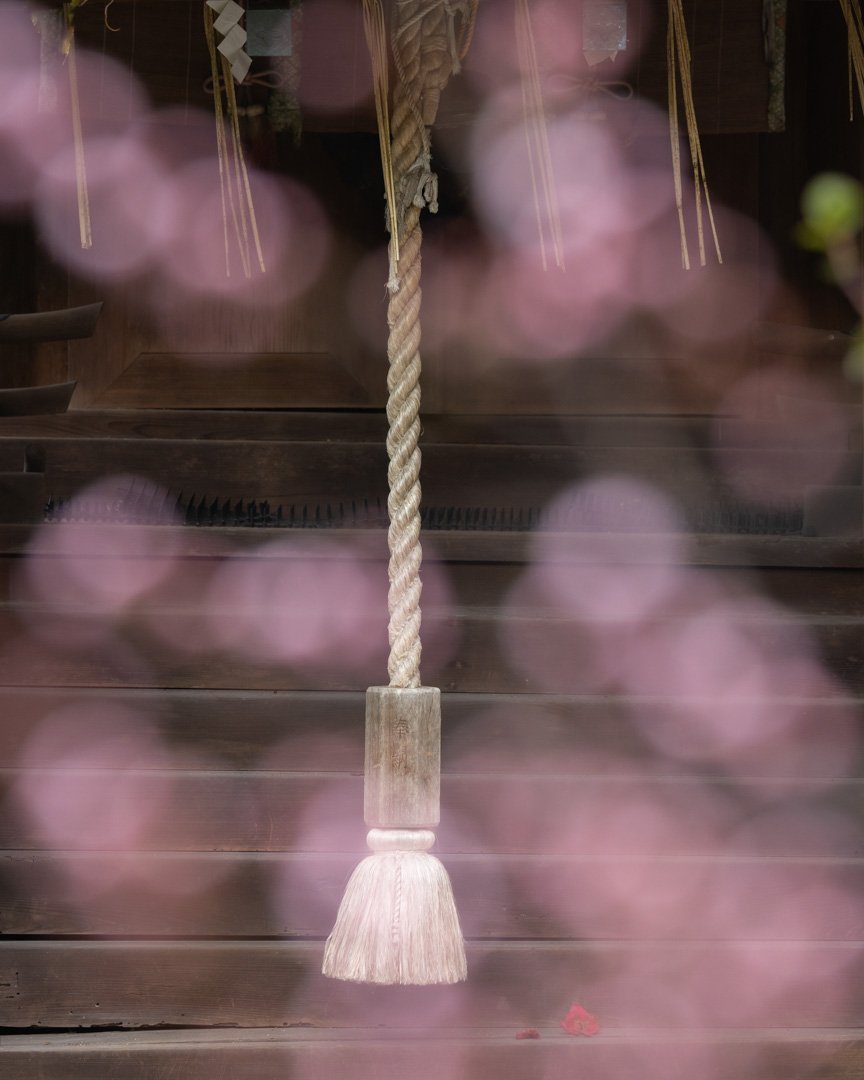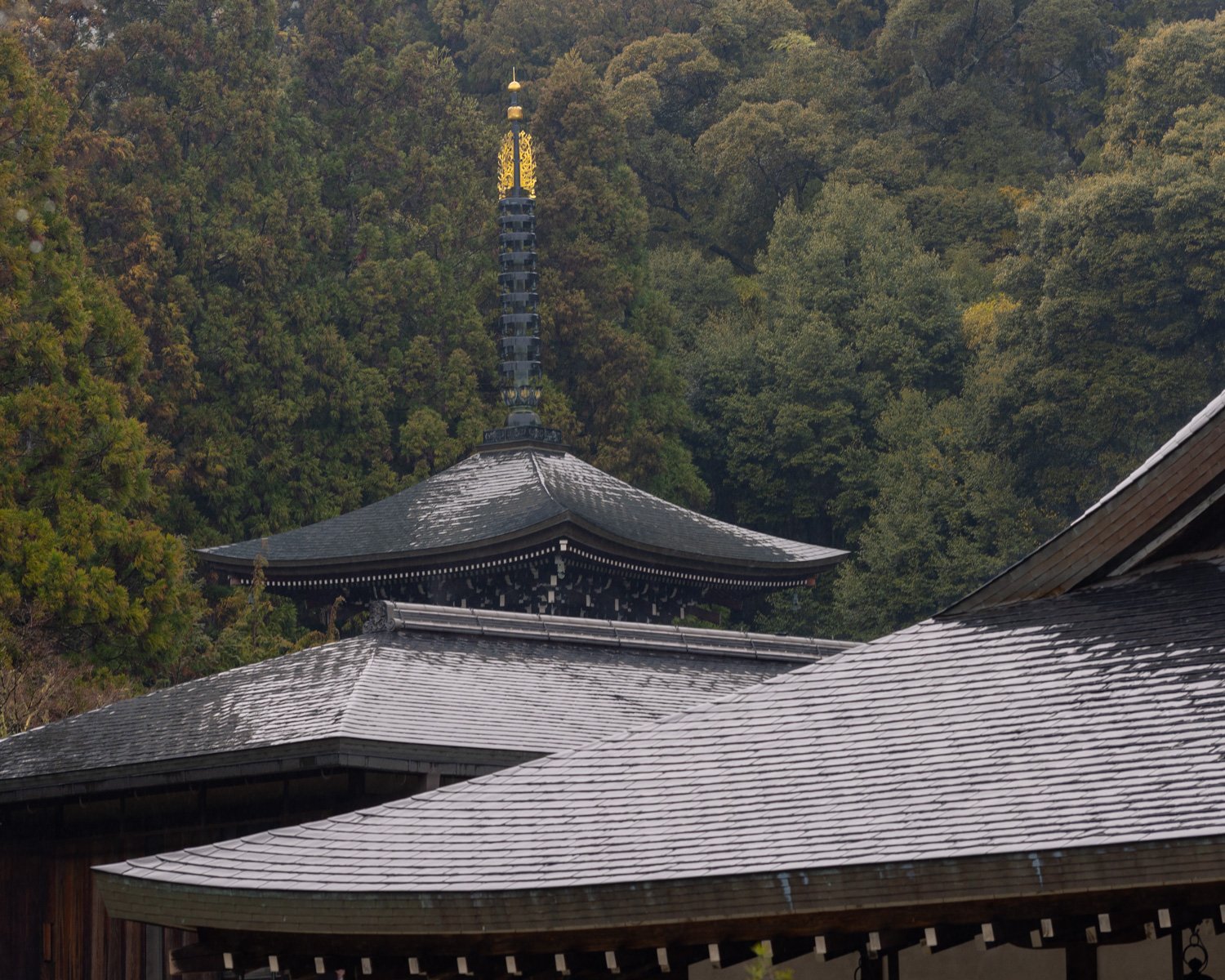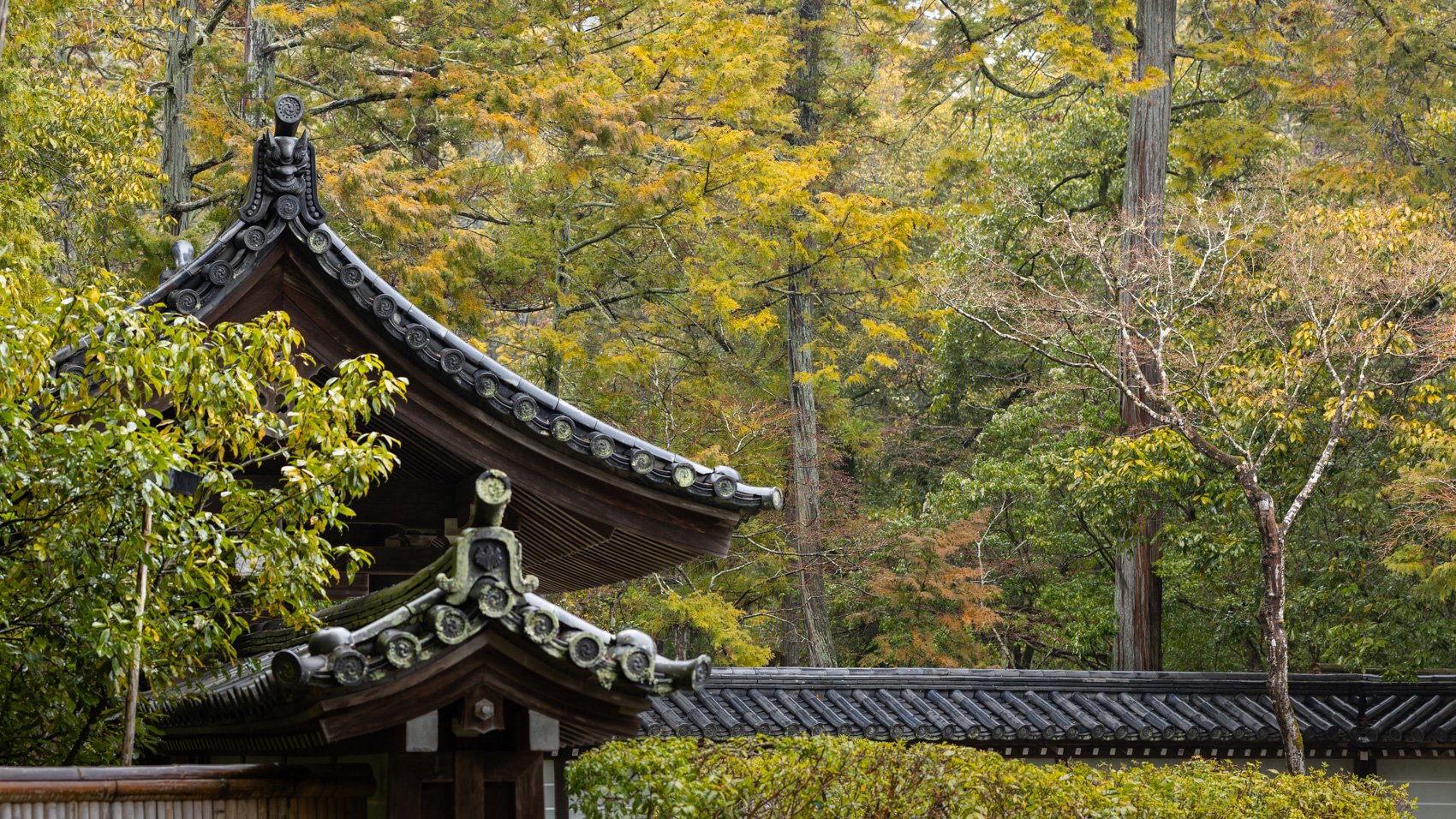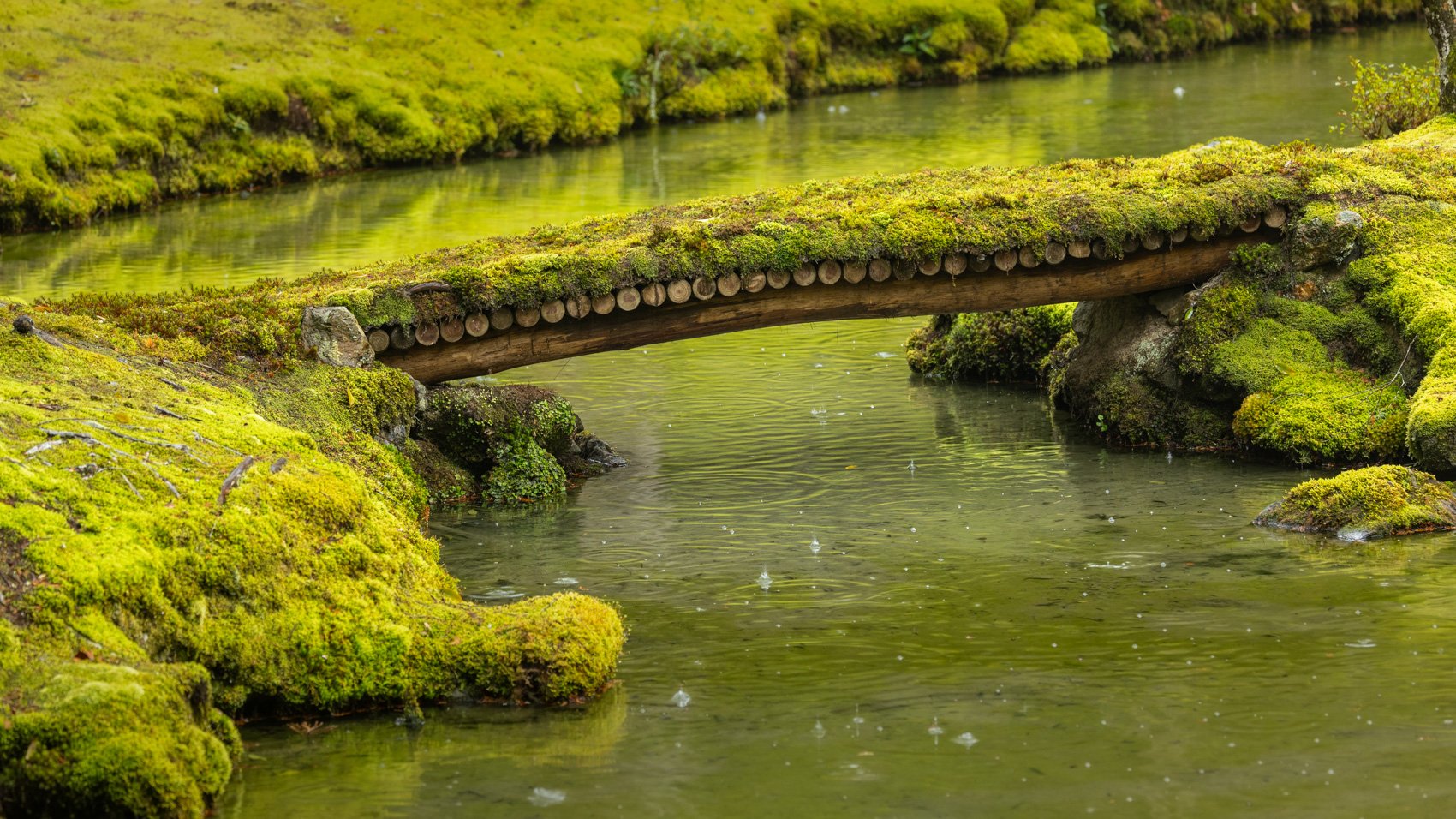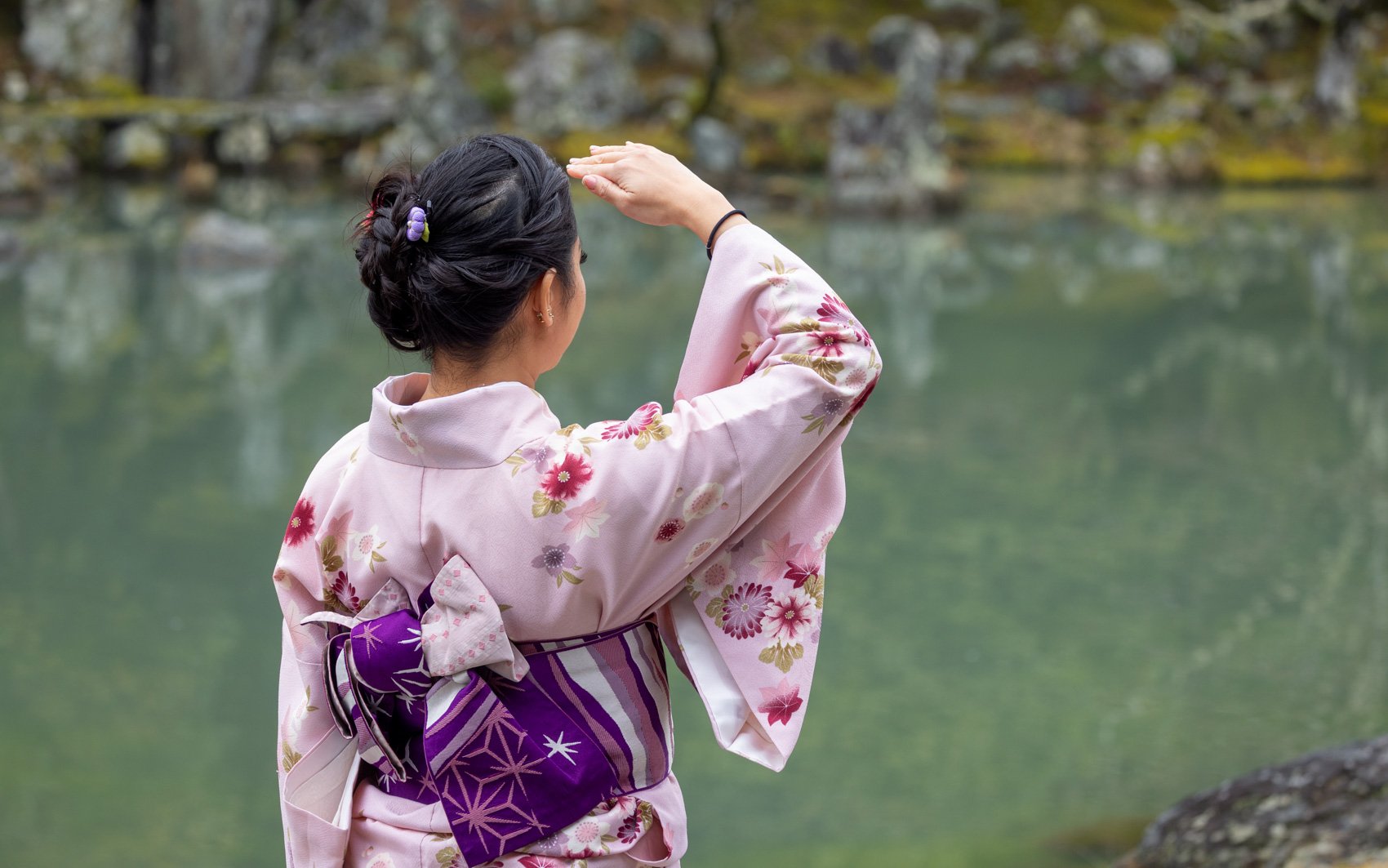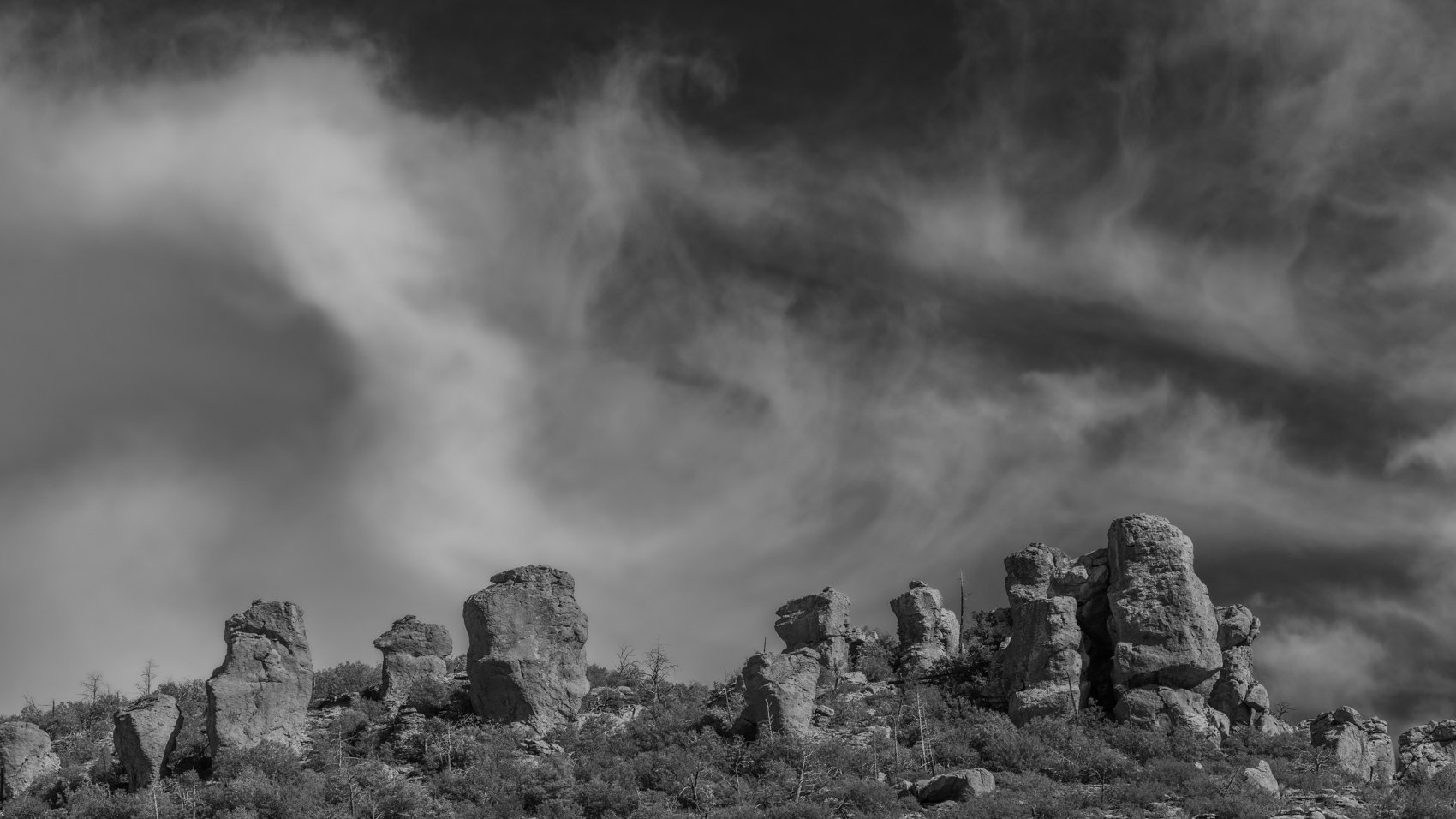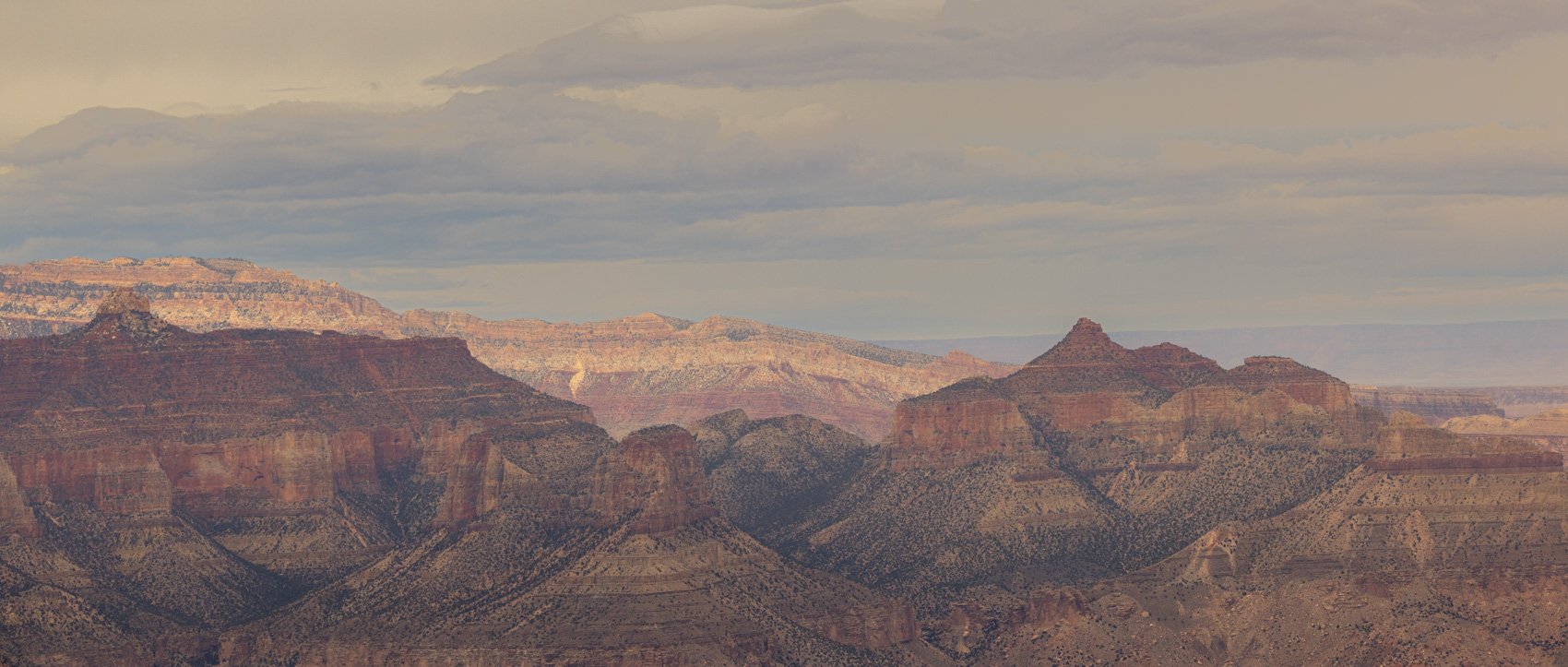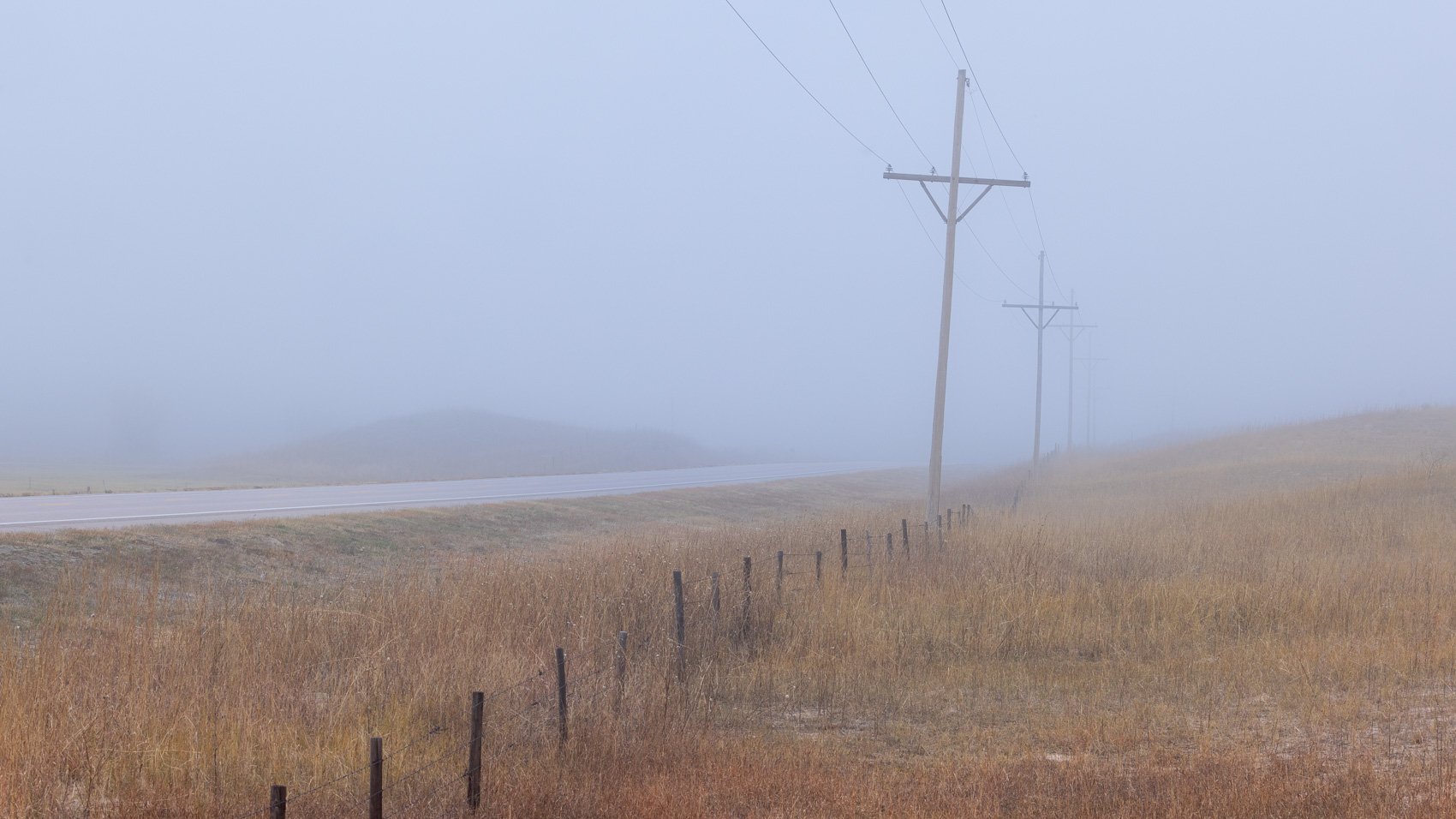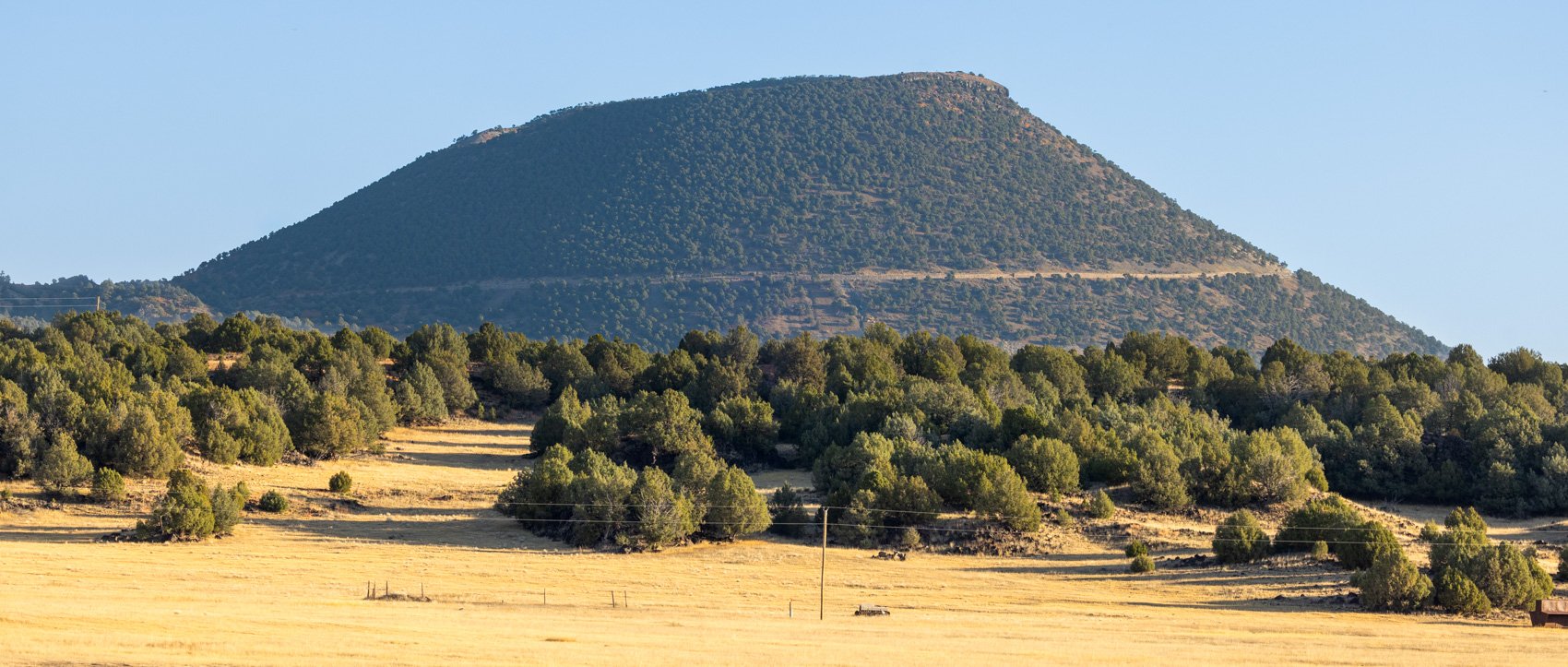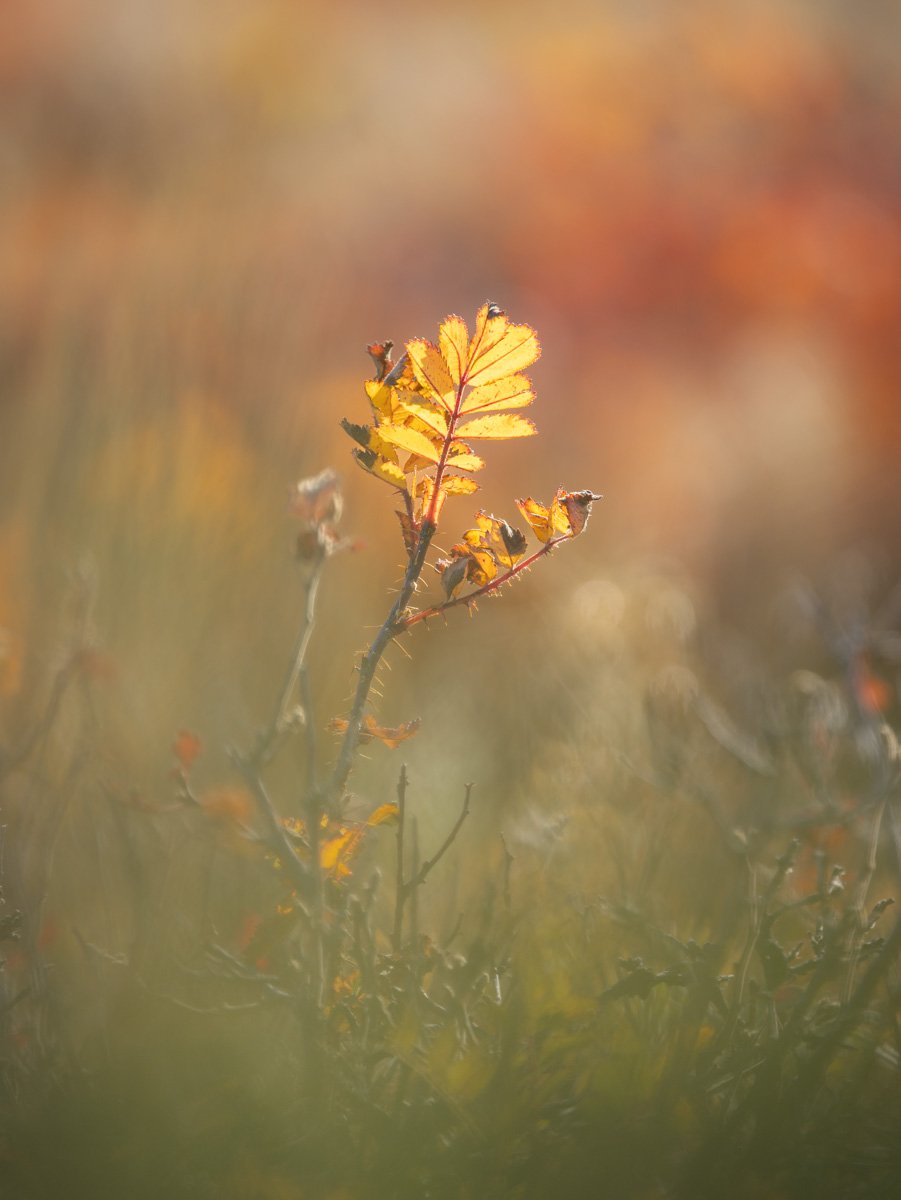Last week I posted some images of the Live Oaks of Cumberland Island National Seashore. Once you leave the oak forest, you enter the sand dunes before you get to the beach.
Sea oats
One of the best named plants colonizes the drifting sand: Railroad vine.
Railroad vine
In pockets where soil has begun to establish are explosions of wildflowers.
But it is the sea oats that steal the show.
One thing I’ve learned in photography, but too often forget, is to turn around. All these beautiful things beside and in front of you, but what about behind. Surprise.
Time to see the sea over the last dune.







































